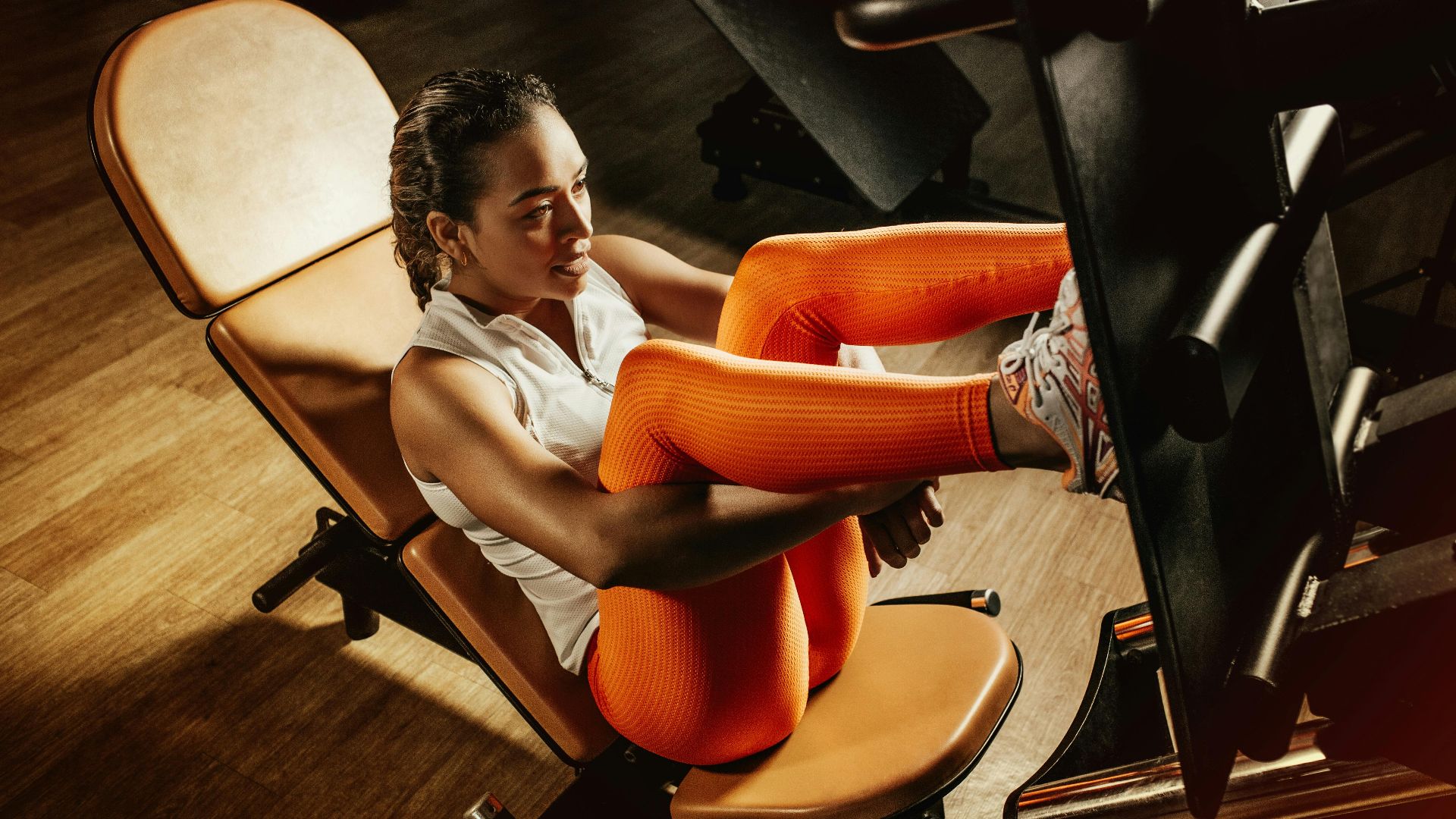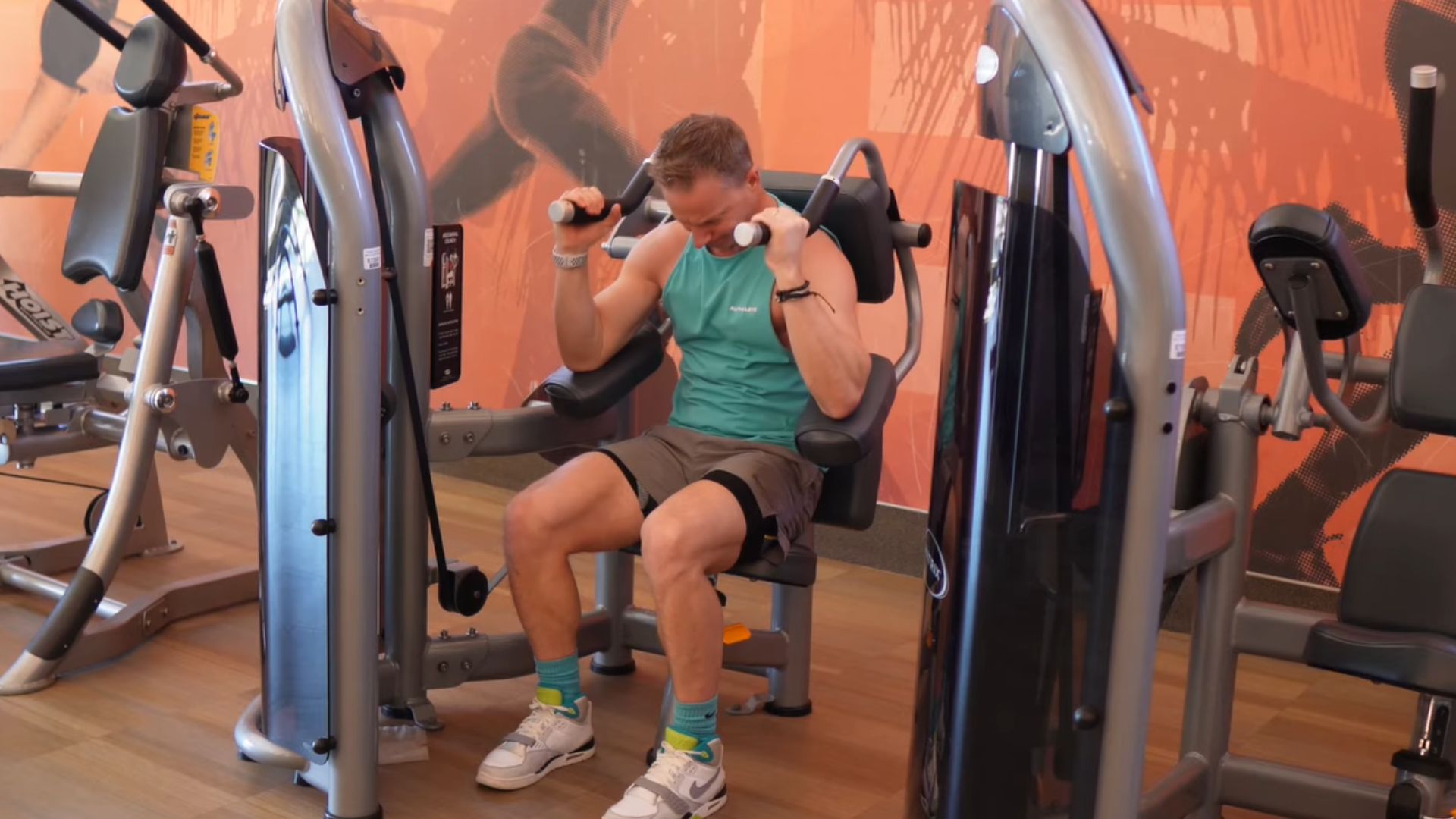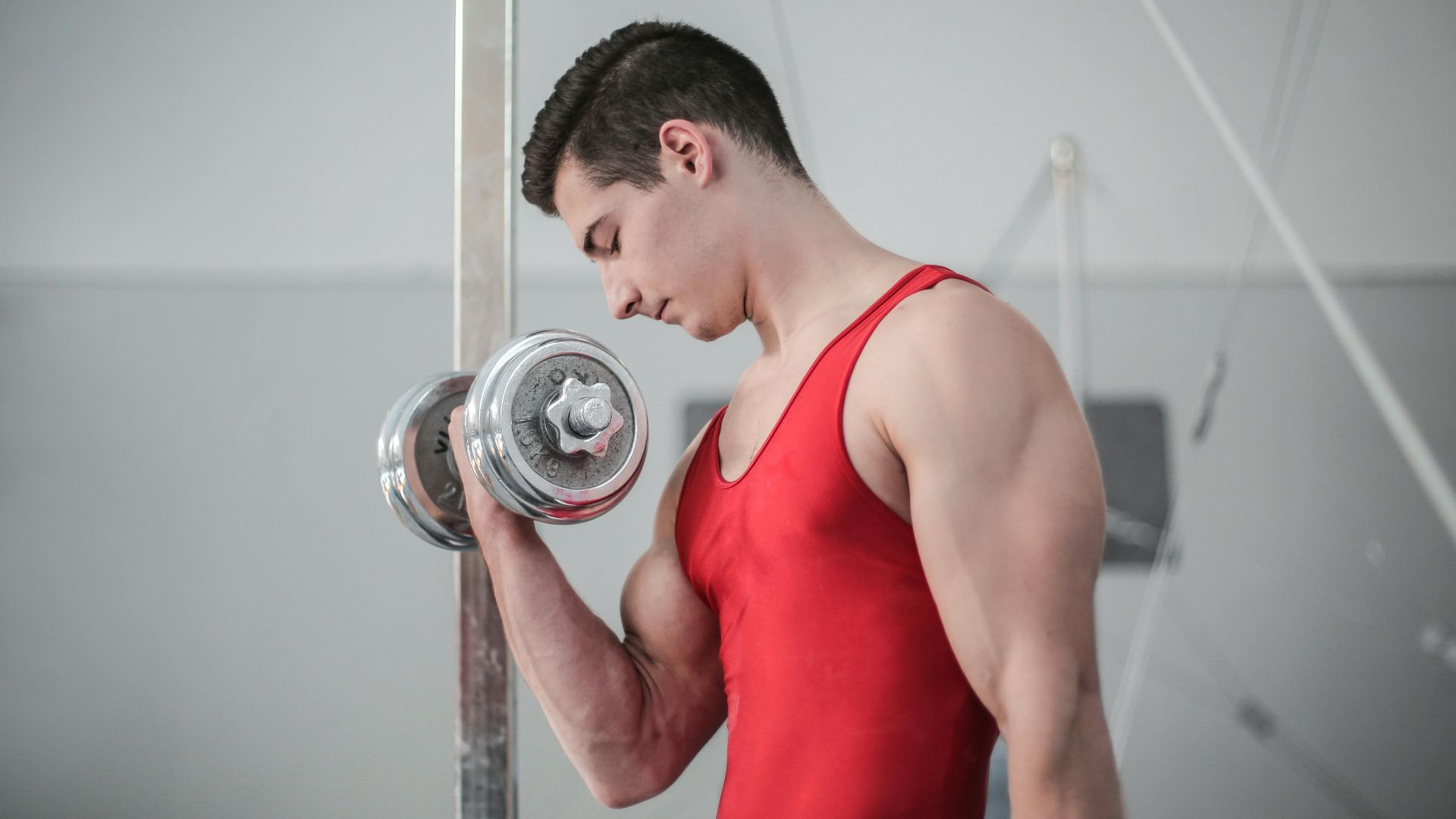Say Goodbye To Wasted Workouts
Are you wondering why you're training hard and staying consistent but not seeing any progress? Well, the reasons may surprise you. While some may be quick to blame their nutrition, certain exercises could actually be the culprit. While most exercises are helpful, some can sabotage your results. Here, we’re exposing 20 exercises that you might want to reconsider.
1. Upright Rows With Close Grip
Despite their popularity in bodybuilding, close-grip upright rows compress the shoulder joints and strain the rotator cuff. This exercise also worsens posture through forced internal rotation. They are often even banned in rehab due to the added joint pressure from the narrow grip.
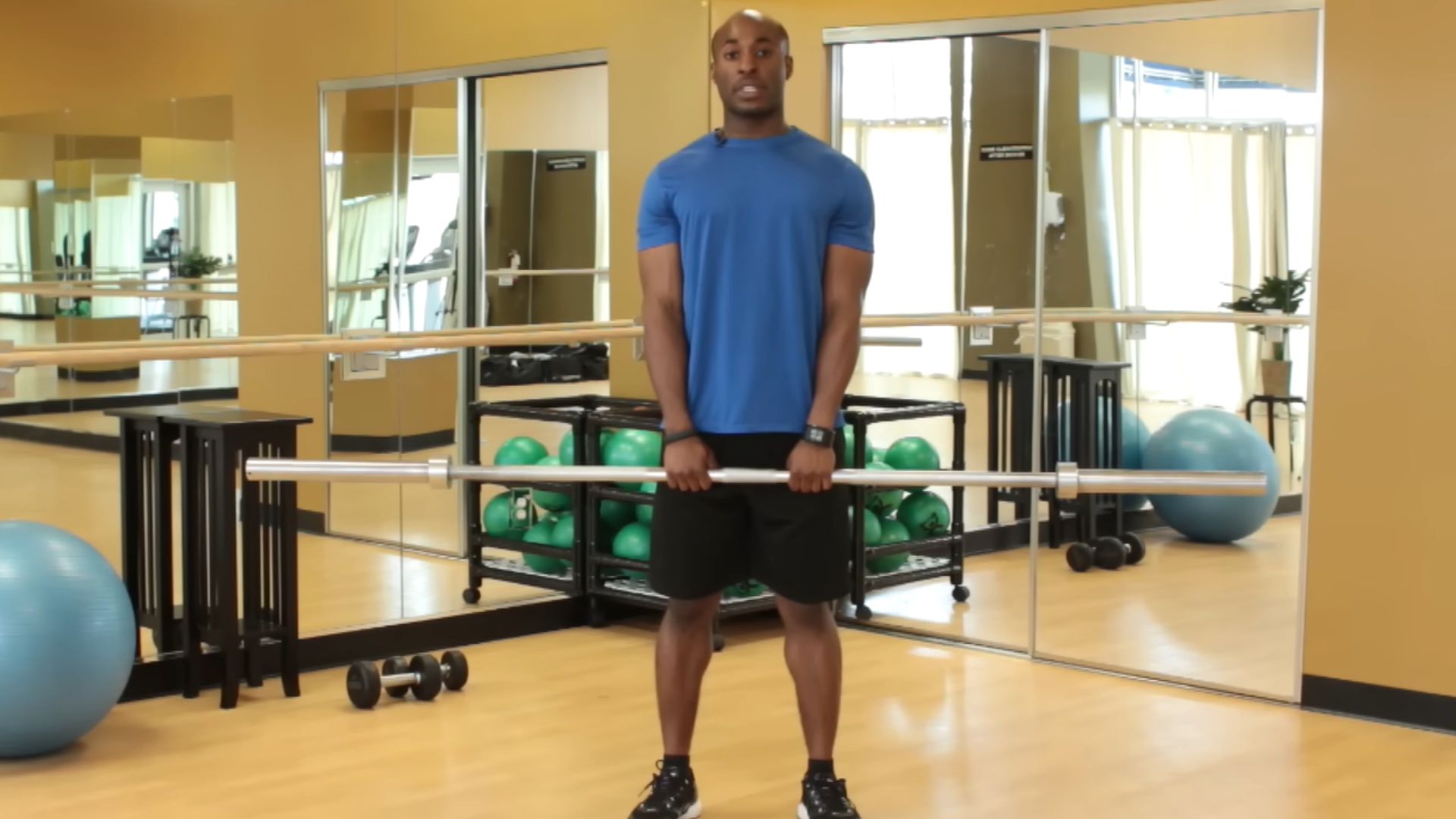 What Muscle Is Developed Doing the Barbell Upright Row? : Full Fitness Training by eHowFitness
What Muscle Is Developed Doing the Barbell Upright Row? : Full Fitness Training by eHowFitness
2. Behind-The-Neck Lat Pulldowns
Although still used by some, this variation increases the risk of shoulder impingement and cervical spine stress. If your mobility is limited, the danger rises. Compared to front pulldowns, it delivers less lat activation, making the trade-off hardly worth it.
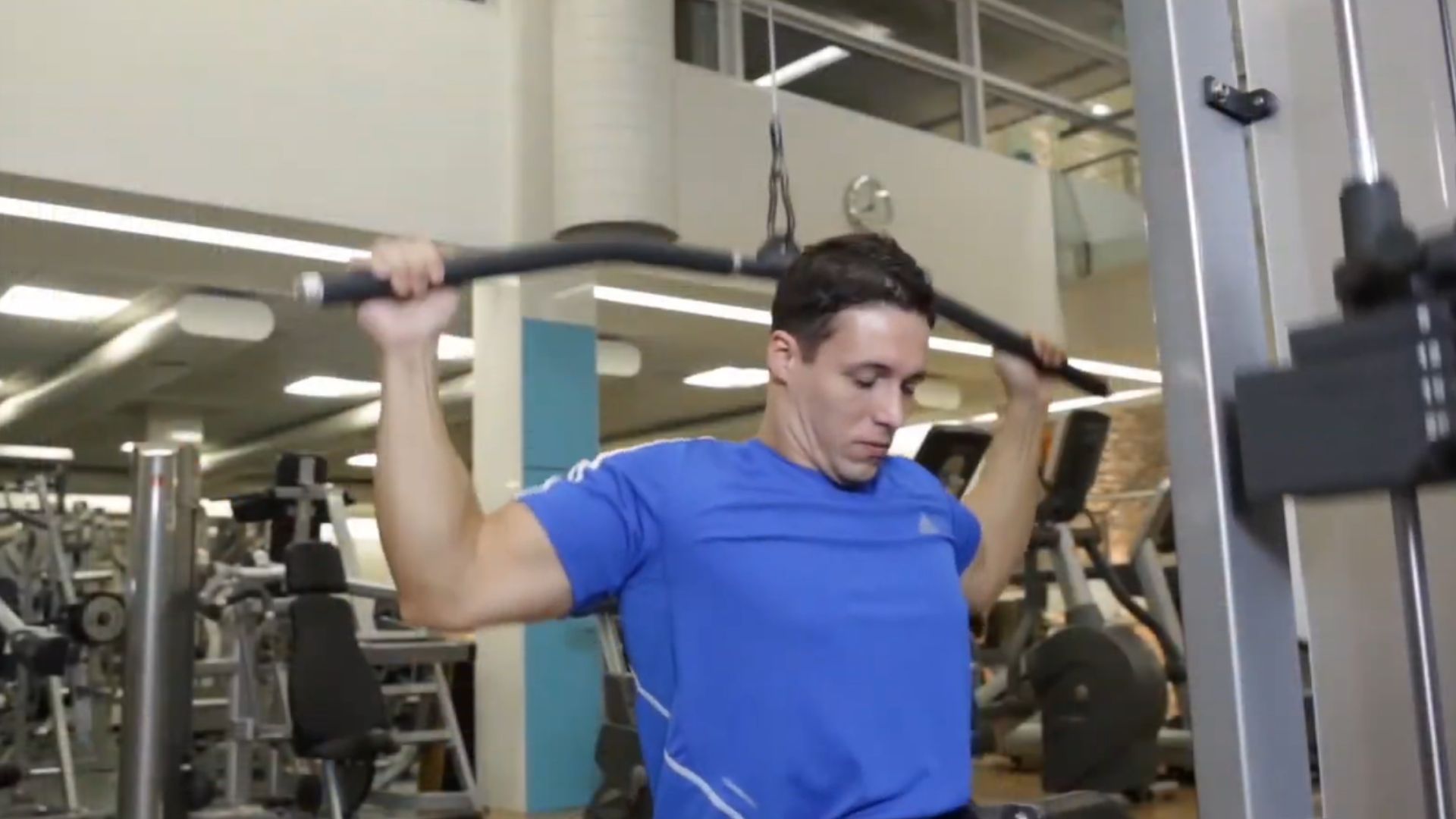 Lat Pulldown Behind the Neck - Back Exercise by MyTraining App
Lat Pulldown Behind the Neck - Back Exercise by MyTraining App
3. Smith Machine Squats
At first, the fixed path may seem safer, but it disrupts your natural movement and stresses your knees and back. Since stabilizers aren't fully engaged, imbalances tend to develop. Over time, the rigid motion compromises your spine and reduces glute and hamstring involvement.
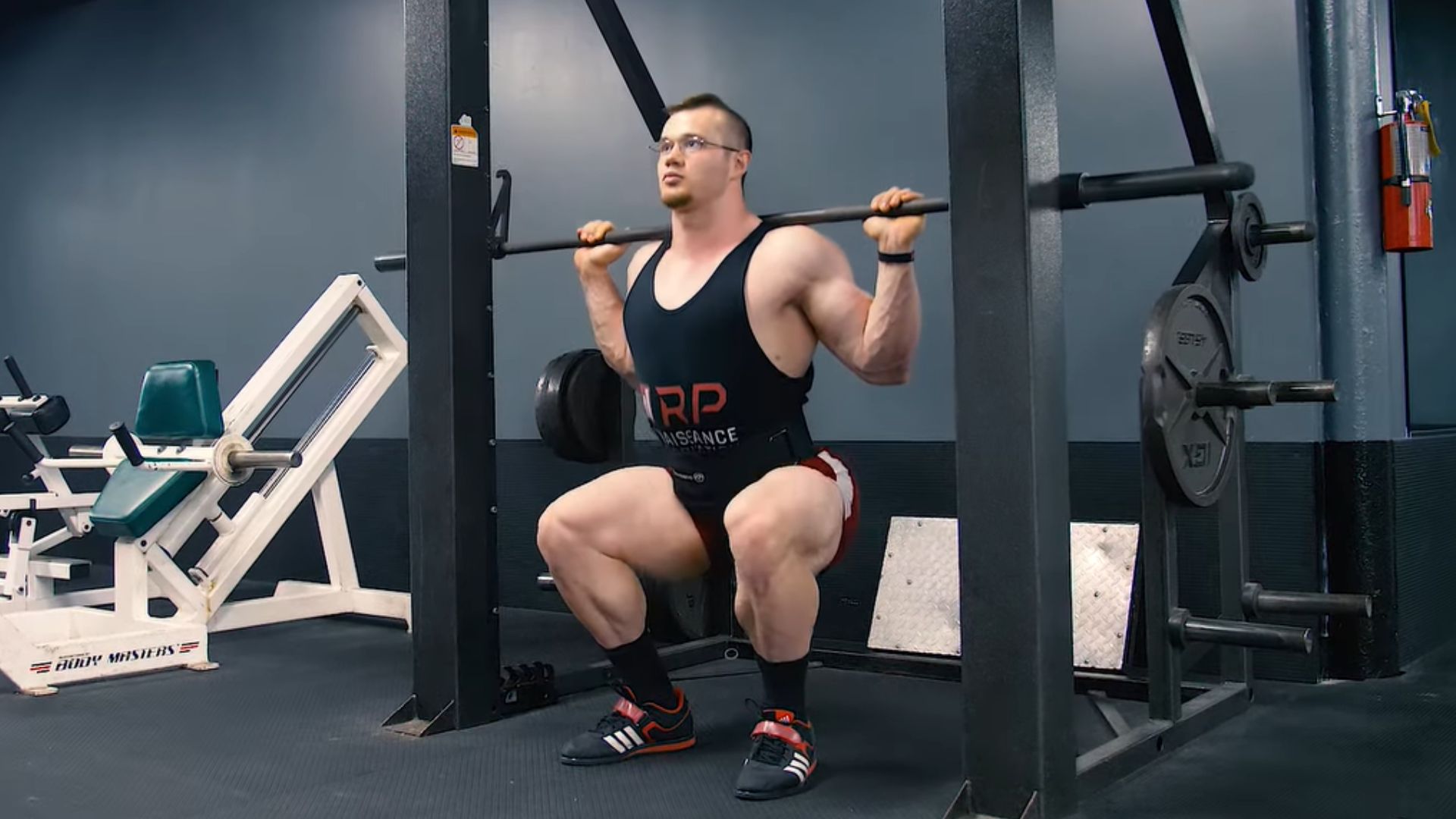 Feet Forward Smith Squat by Renaissance Periodization
Feet Forward Smith Squat by Renaissance Periodization
4. Burpees
Designed for military conditioning, not muscle growth, burpees hit your wrists, knees, and spine with every landing. They also spike cortisol quickly and don't burn that many calories. For lifters, they often bring more wear than real reward.
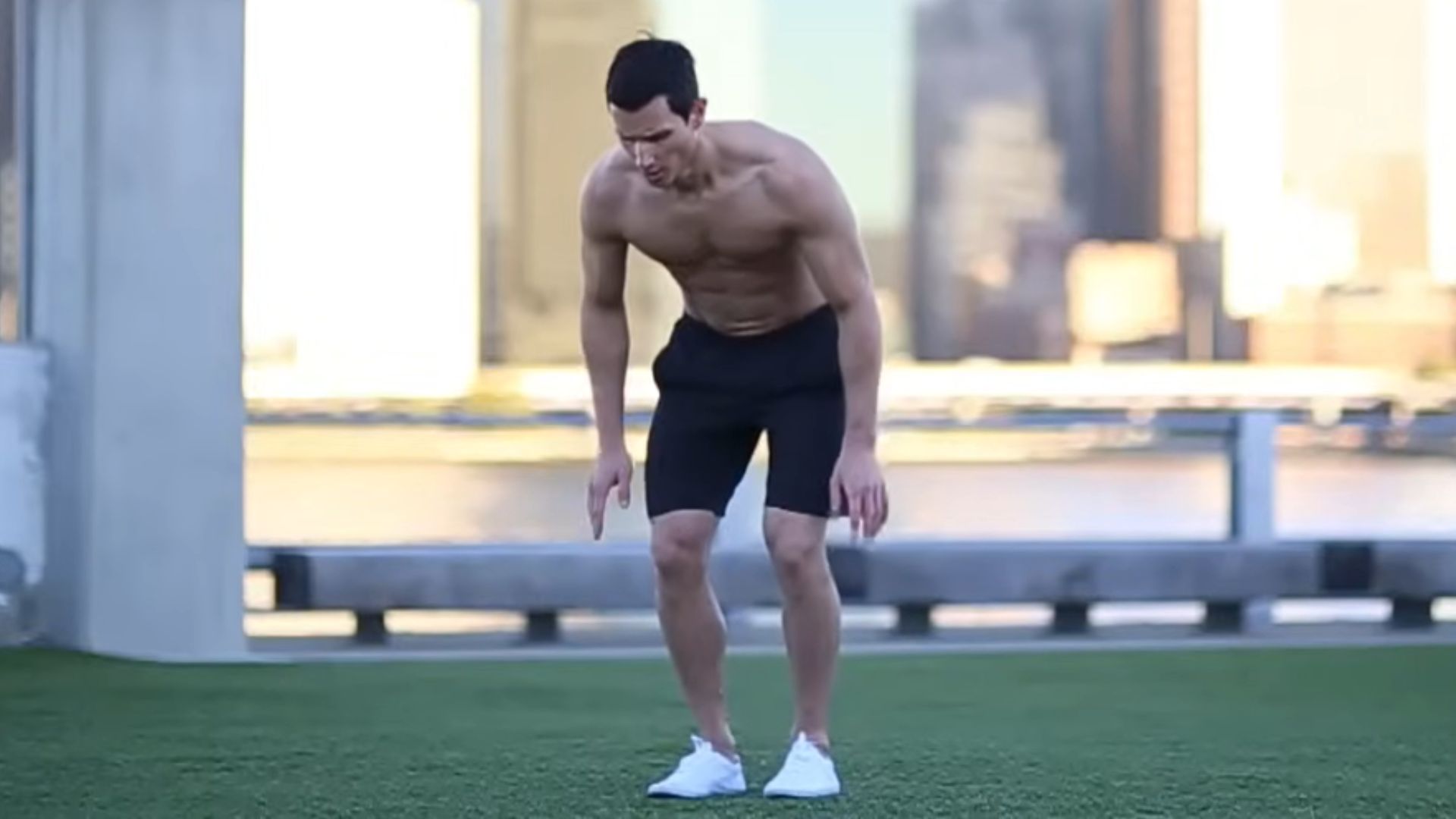 How To Do Burpees With Proper Form by BuiltLean®
How To Do Burpees With Proper Form by BuiltLean®
5. Leg Press With Excess Weight
Piling on plates becomes irresistible with this machine-based movement. However, muscle gain stays minimal. Worse, spinal discs face serious pressure, and strength imbalances creep in fast, especially when form takes a backseat.
6. Overhead Triceps Extensions With Heavy Weight
While great for adding size, this movement heavily strains the elbows and weakens shoulder stability. The overhead position makes tendonitis (tendon inflammation) more likely, too. Fortunately, rope pushdowns offer a safer alternative without sacrificing results or putting your joints in a vulnerable position.
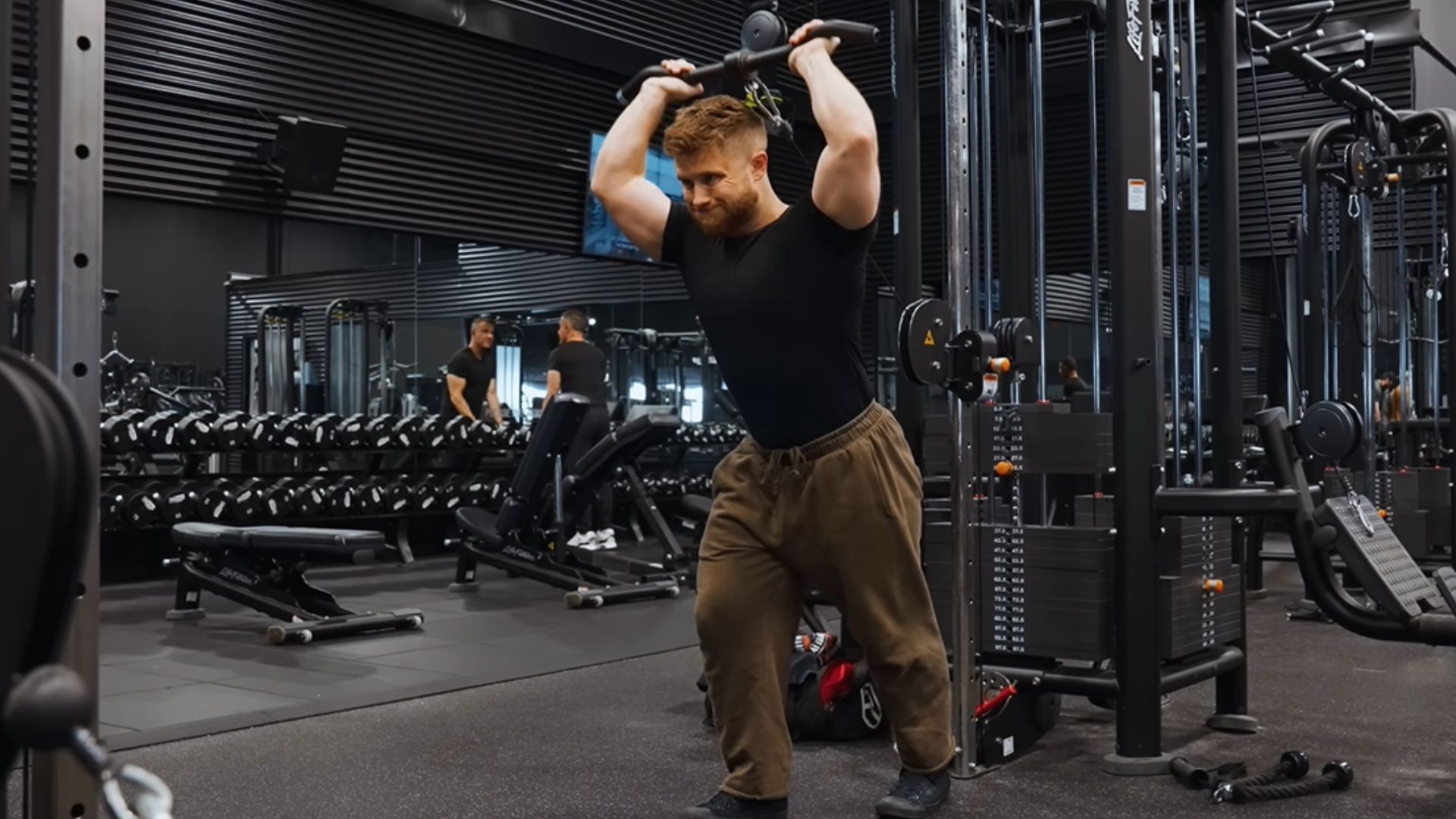 The Best & Worst TRICEPS Exercises (Ranked Using Science) by Jeff Nippard
The Best & Worst TRICEPS Exercises (Ranked Using Science) by Jeff Nippard
7. Partial Range Bench Press
Half reps create an illusion of strength while cutting progress short. The muscles never reach full contraction, and strength gains remain limited. Over time, this habit creates serious imbalances across the chest and triceps, leading to plateaus that are tough to break.
8. Kipping Pull-Ups
These flashy reps use momentum, not muscle. They increase the risk of rotator cuff injuries and do little for actual strength. If you are lacking shoulder stability, you're even more vulnerable doing this. While popular in CrossFit, they deliver minimal pull-up gains and high breakdown risk.
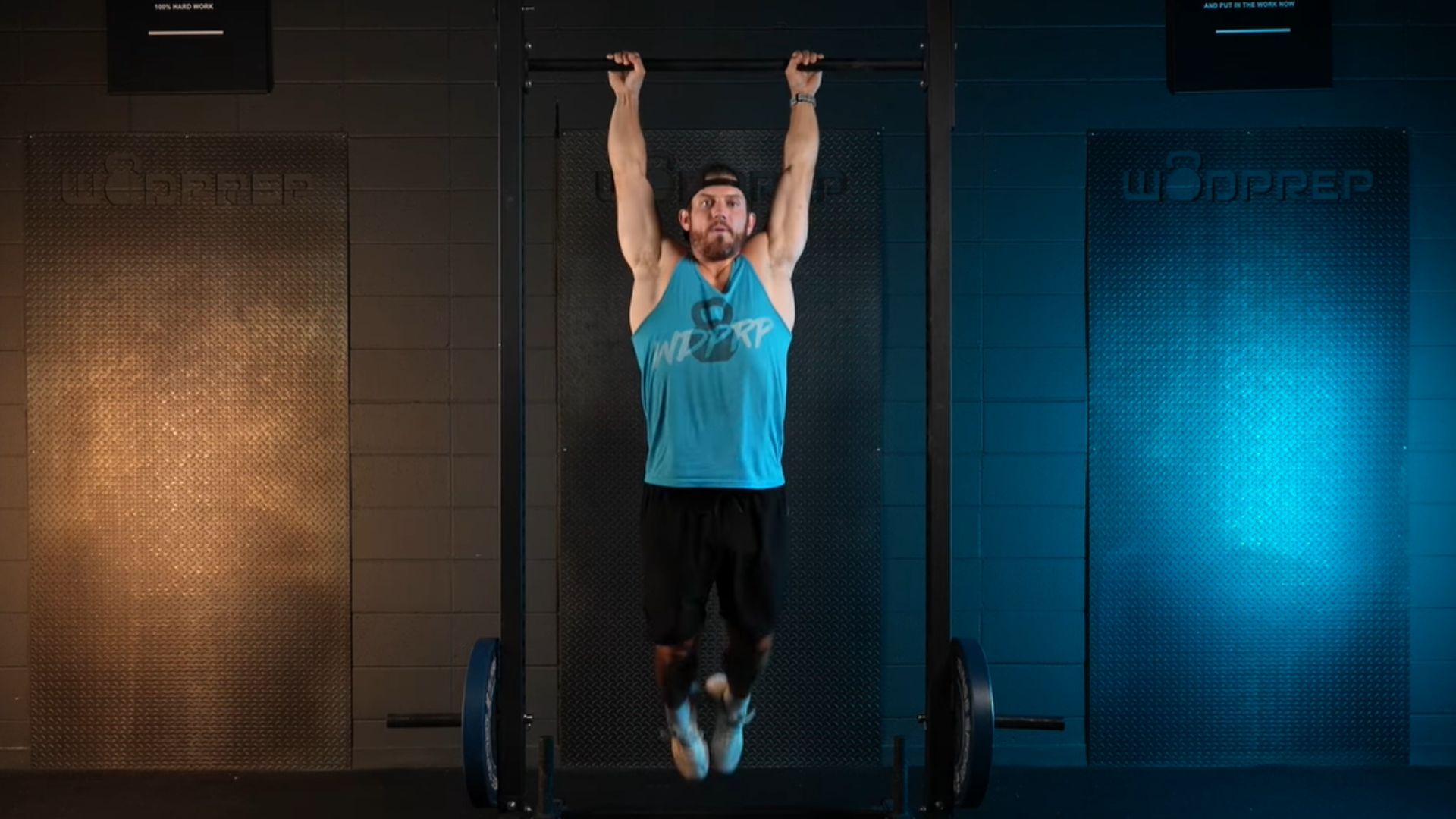 Kipping Pull Ups (5 Step Progression!) by WODprep
Kipping Pull Ups (5 Step Progression!) by WODprep
9. Weighted Side Bends
While these may feel productive, they unevenly load the obliques and laterally compress your spine. Instead of carving your waist, they can actually widen it. Oblique crunches, on the other hand, offer more targeted engagement without risking structural imbalances or tension.
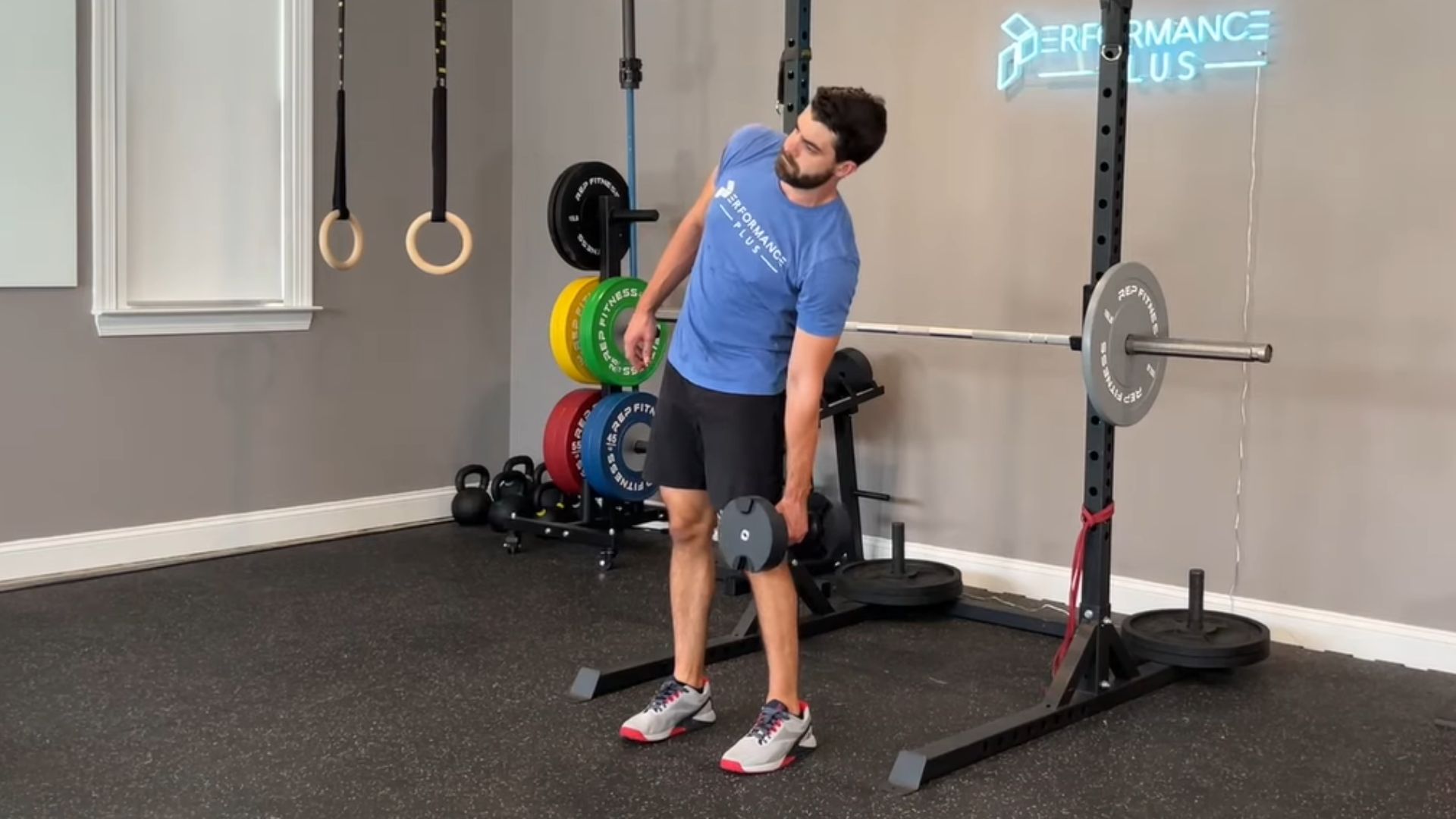 Dumbbell Side Bends by The Barbell Physio
Dumbbell Side Bends by The Barbell Physio
10. Leg Extensions On Machine
This isolates the quads but skips the glutes and hamstrings entirely. Knee joints take on the load in a fixed position, often leading to patellar tracking issues. Though useful in rehab settings, it's risky when used heavily for muscle development.
11. Standing Barbell Shrugs
Form usually breaks fast here. Lifters overdo weight, reinforcing forward head posture and upper trap dominance. The jerky movement strains the neck more than it strengthens anything. Lower traps are also often neglected, and this lift rarely improves overall back balance.
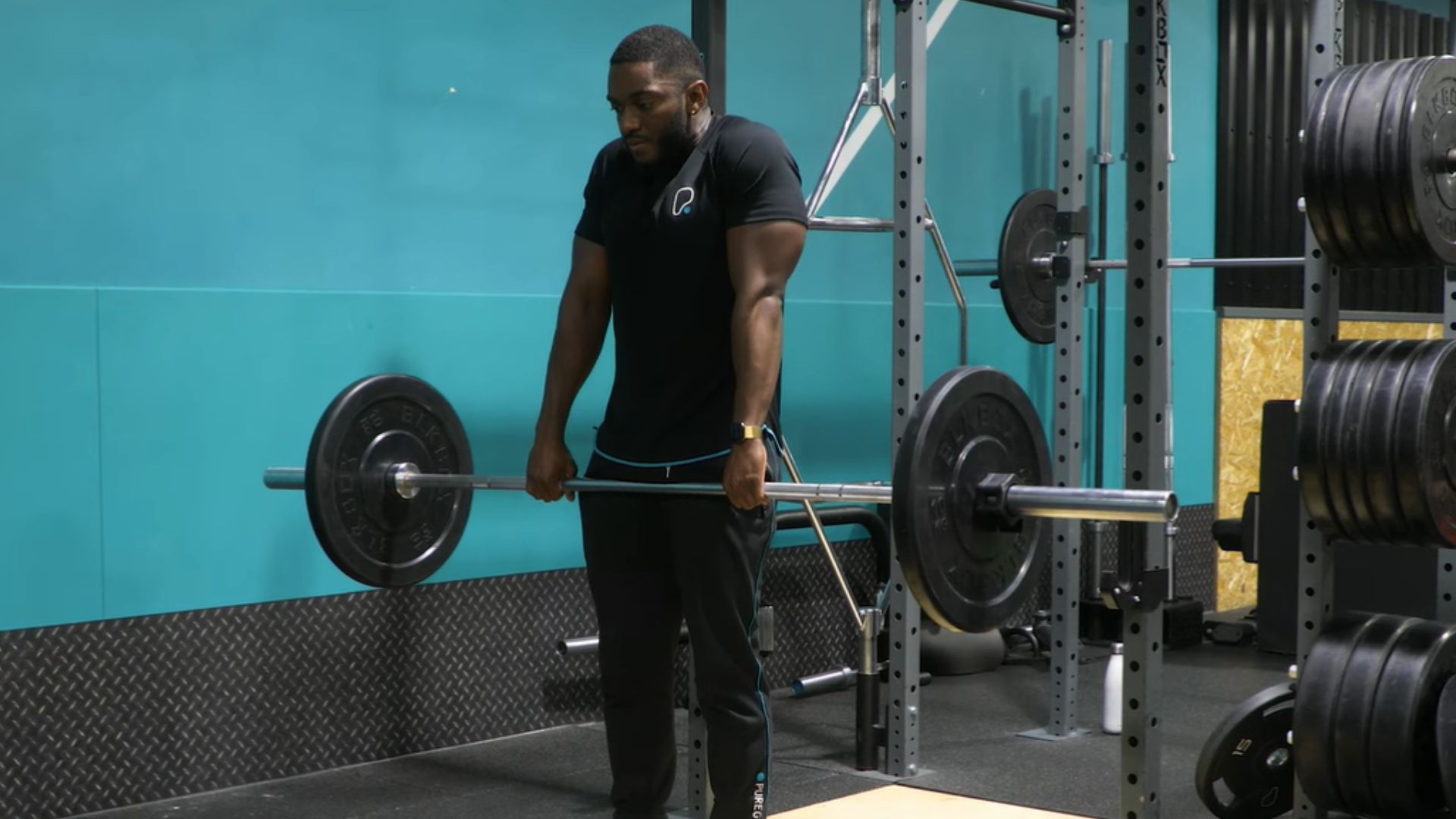 How To Do Barbell Shrugs by PureGym
How To Do Barbell Shrugs by PureGym
12. Dumbbell Chest Flys On Flat Bench
There's a difference between a good stretch and a dangerous one. Chest flys commonly cross that line, especially when the arms drop too low. Despite the intense feeling, the shoulders take a hit, and actual chest development tends to underwhelm.
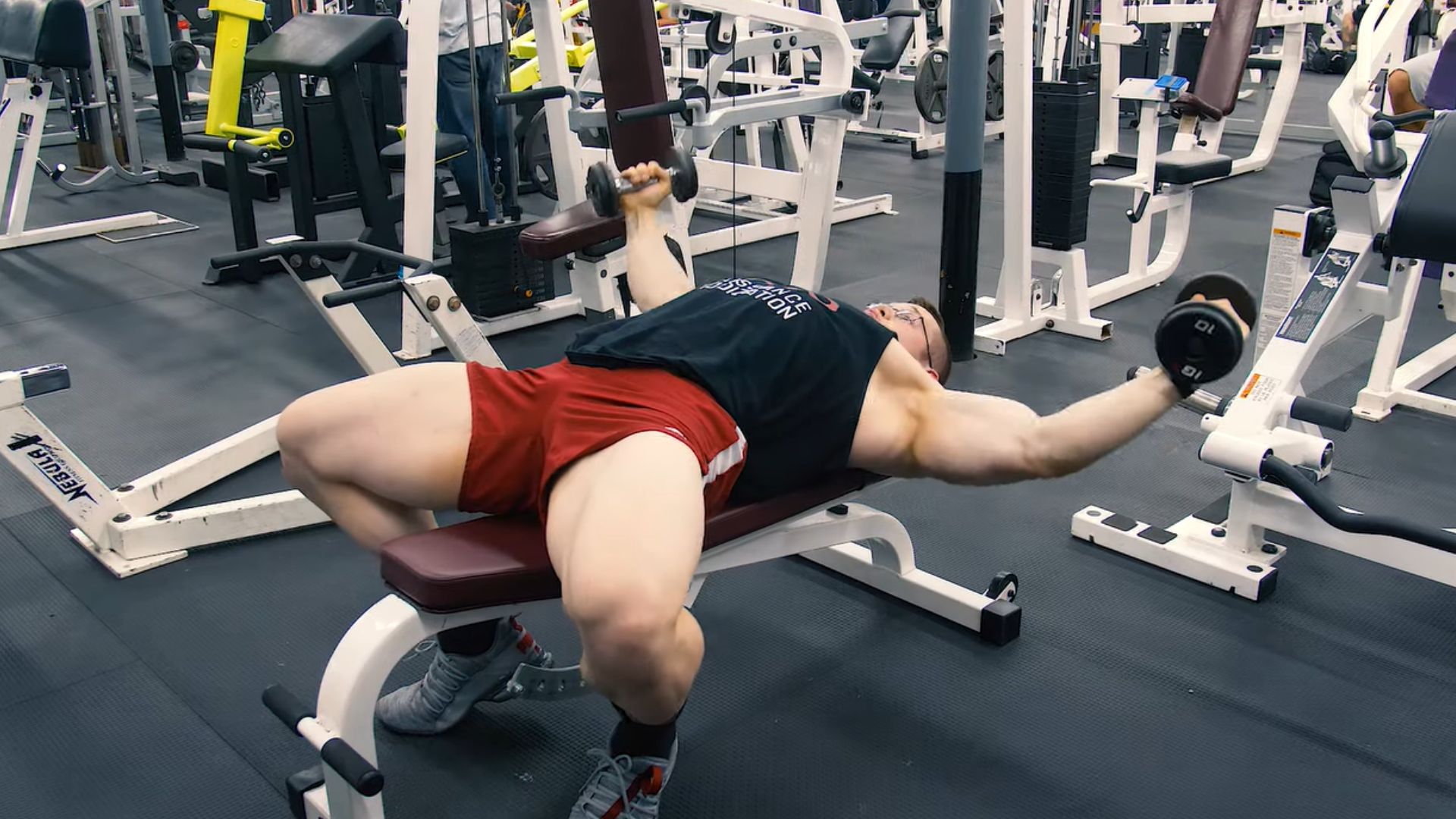 Flat Dumbbell Flye by Renaissance Periodization
Flat Dumbbell Flye by Renaissance Periodization
13. Barbell Behind-The-Neck Press
Once favored in military training, this press now raises concerns. It demands extreme shoulder mobility and disrupts cervical alignment. Compared to the safer front variation, it offers less effective deltoid activation, especially when the posture is poor.
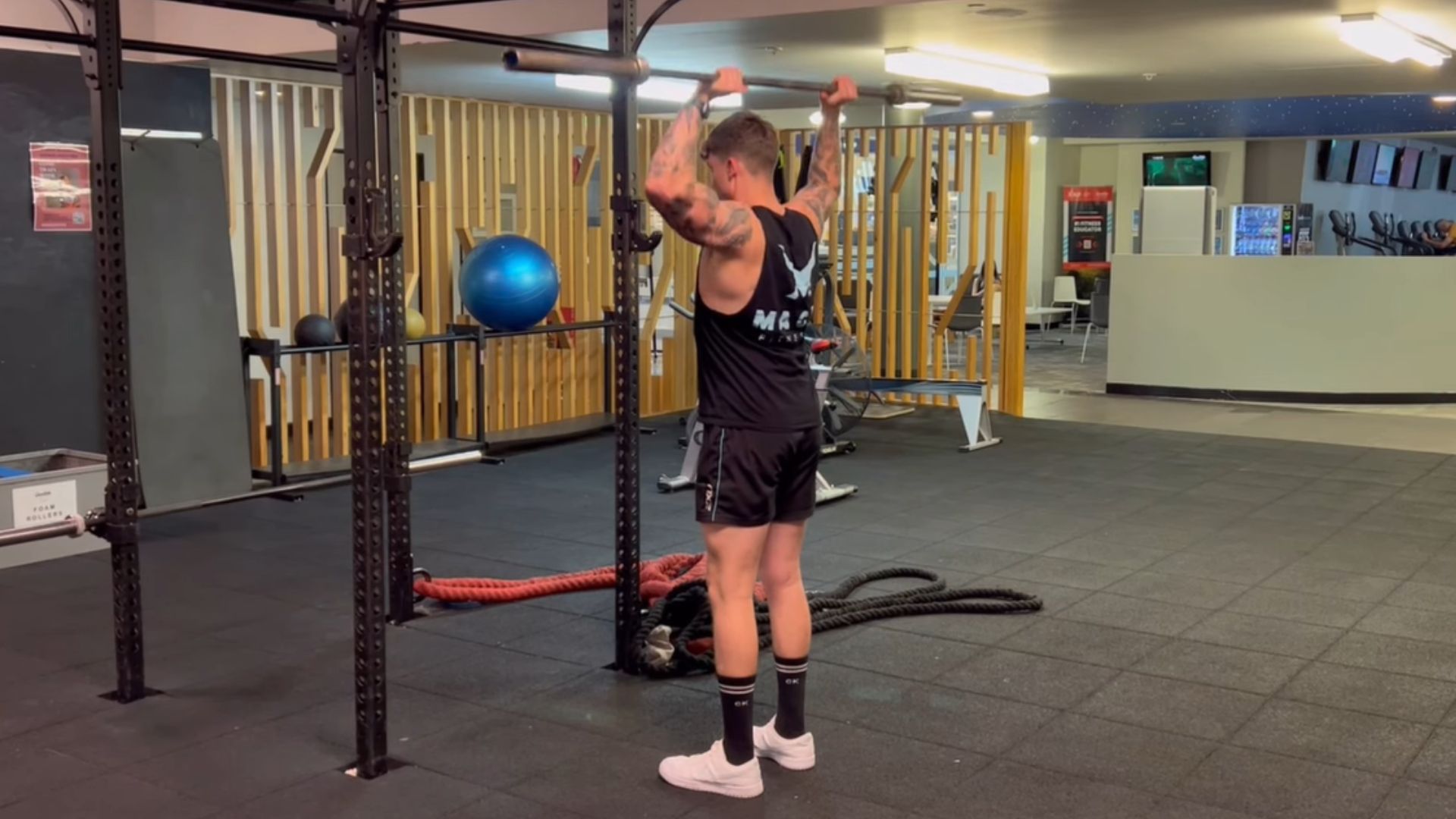 Barbell Behind The Neck Shoulder Press by macey schamburg
Barbell Behind The Neck Shoulder Press by macey schamburg
14. Close-Grip Lat Pulldowns
They're often used to "hit the inner lats," but that's a myth. In reality, they shift work to the biceps and restrict scapular movement. The result is less lat engagement, weaker development, and more strain where you don't want it.
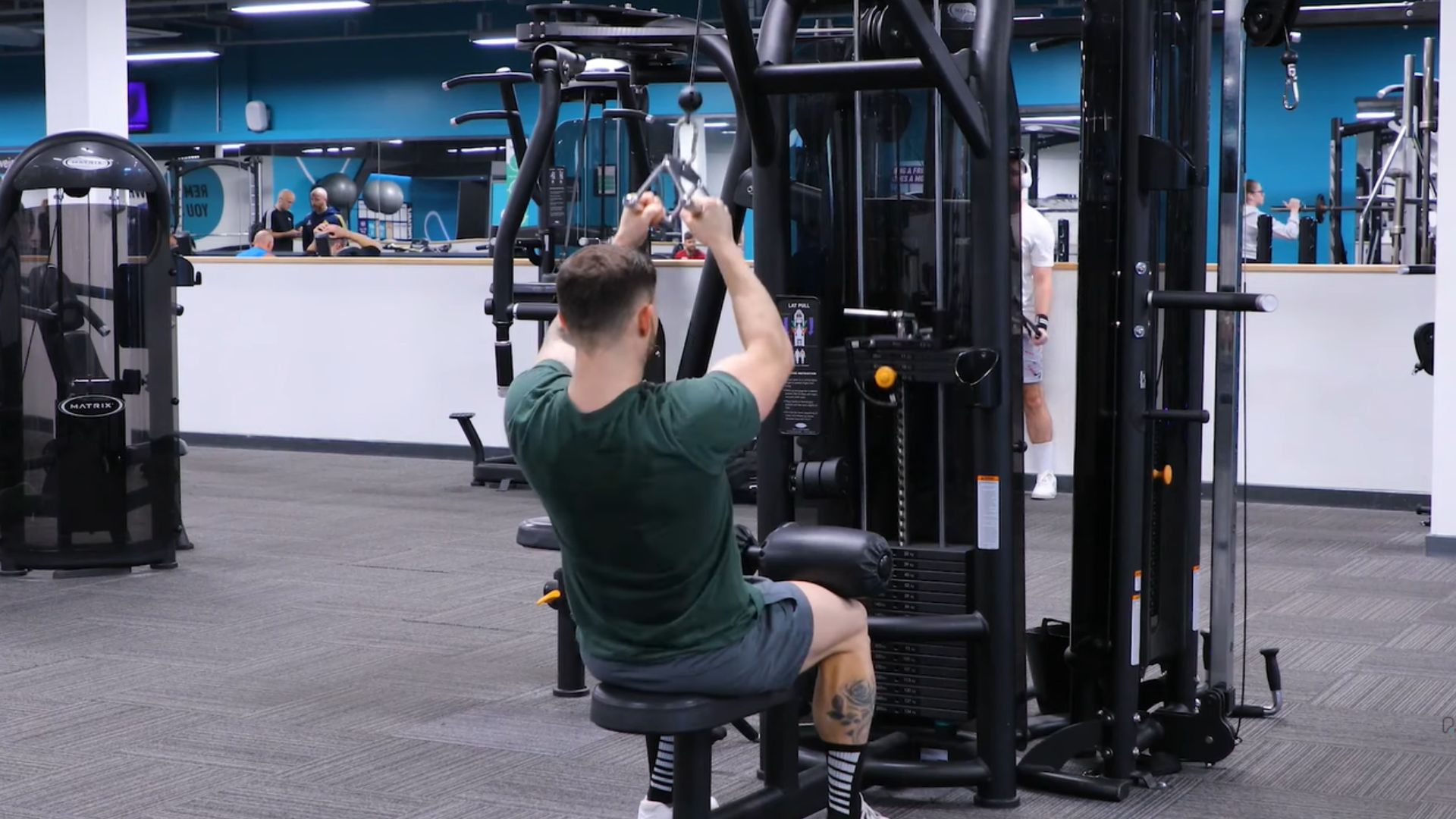 How To Do A Close Grip Lat Pulldown by PureGym
How To Do A Close Grip Lat Pulldown by PureGym
15. Seated Ab Crunch Machines
These machines seem effective in commercial gyms; however, they flex your spine under load and completely ignore core stabilizers. That pressure builds quickly, especially in the discs. While they look simple, planks offer more activation, without risking your back.
16. Wall Sits
The intense burn from these static holds creates a false sense of productivity. These static holds do little for actual growth and don't translate to real-world strength. While great for rehab, they won't improve your squat—and won't get you far in the gym.
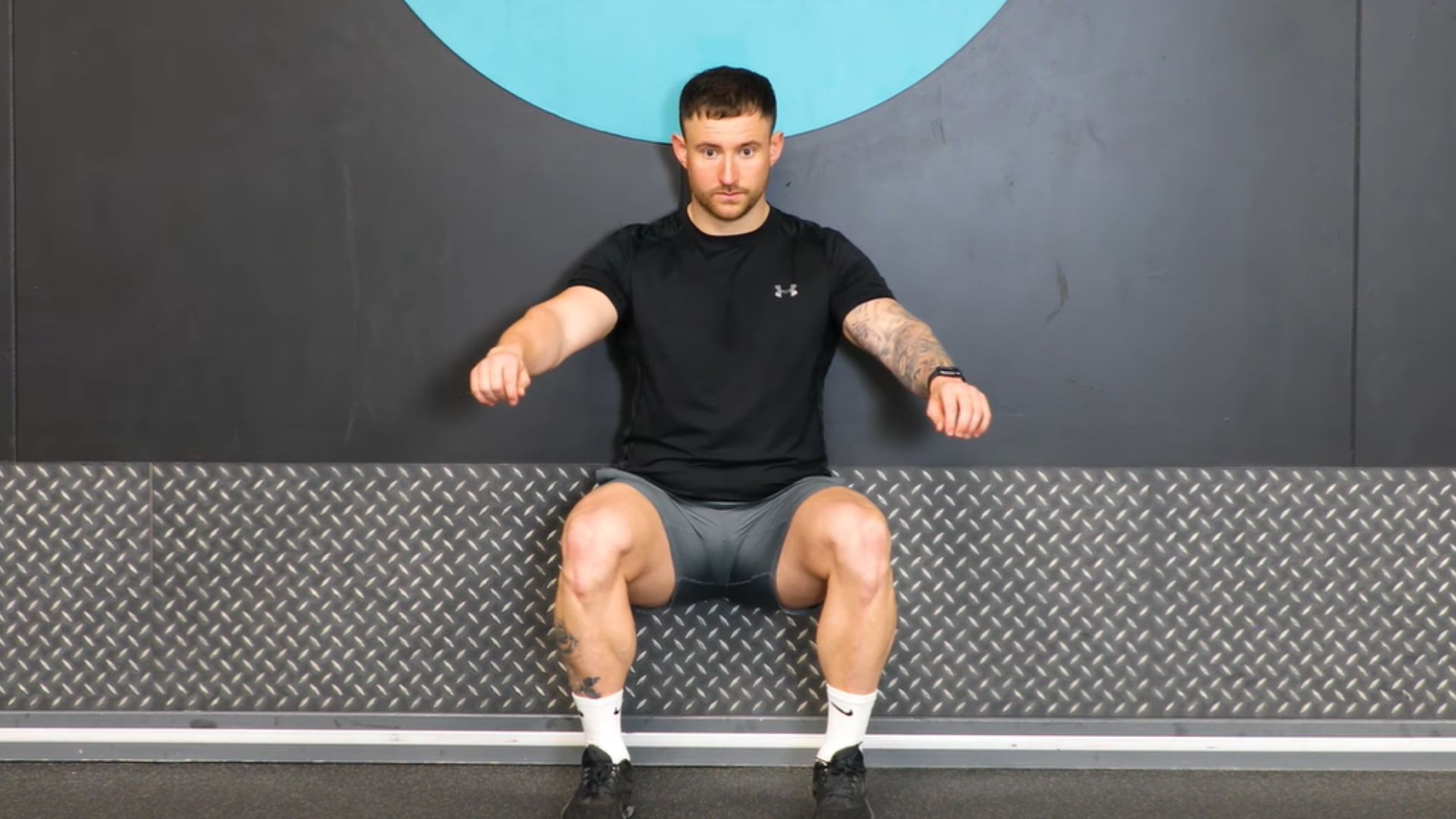 How To Do A Wall Sit by PureGym
How To Do A Wall Sit by PureGym
17. Glute Kickbacks On Machine
Forget the name—this machine does little to build real glute strength. The limited range reduces muscle activation, and poor form often shifts tension into the lower back. Once momentum takes over, the movement loses purpose and delivers very little payoff.
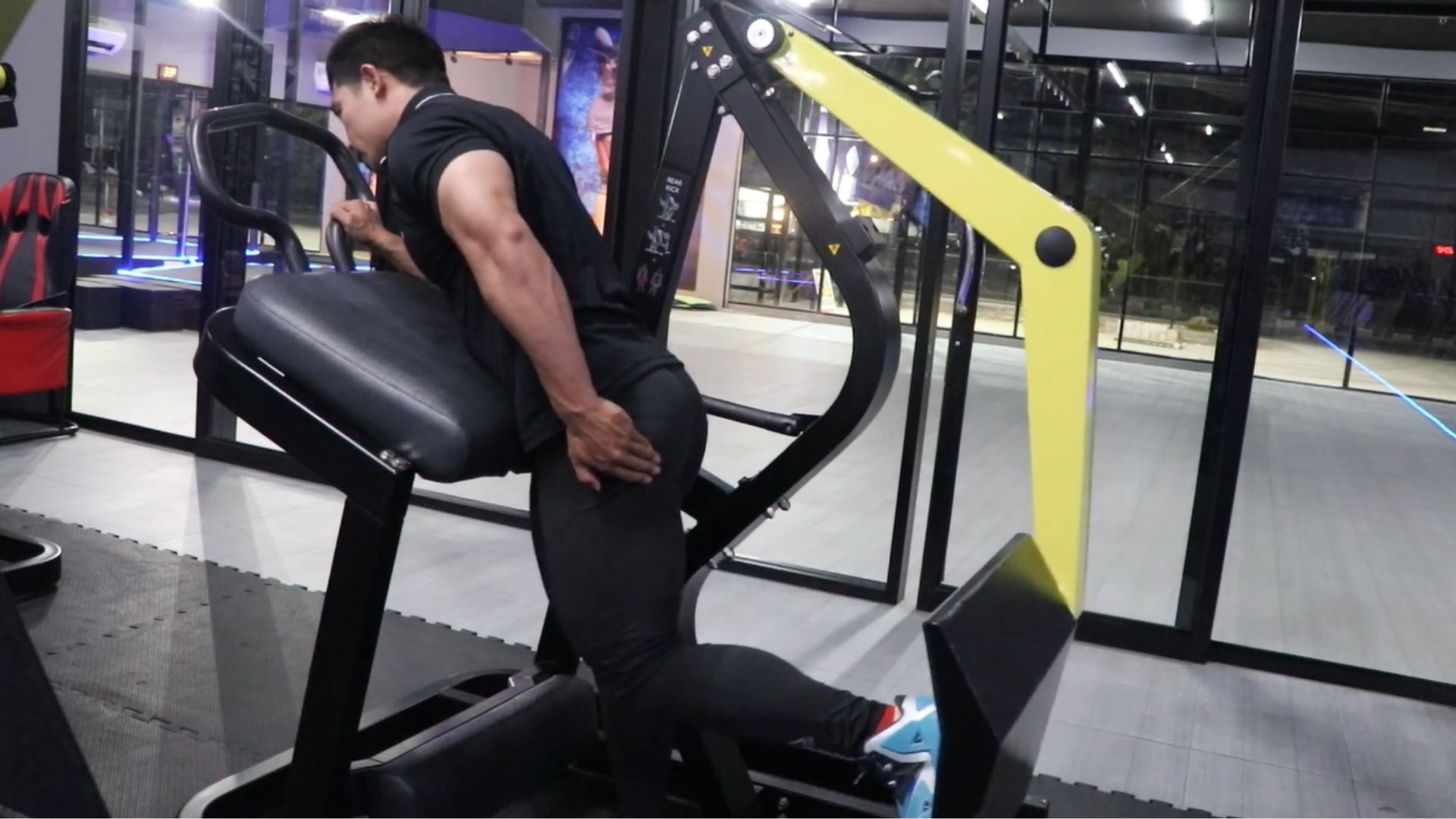 Glute kickback machine by I FIT GYM
Glute kickback machine by I FIT GYM
18. Jumping Lunges
Every explosive landing from jumping lunges hammers your knees and ankles relentlessly. As stabilizers wear out, your form breaks down fast. While the movement appears athletic, it offers little muscle growth and increases injury risk, especially once fatigue starts setting in.
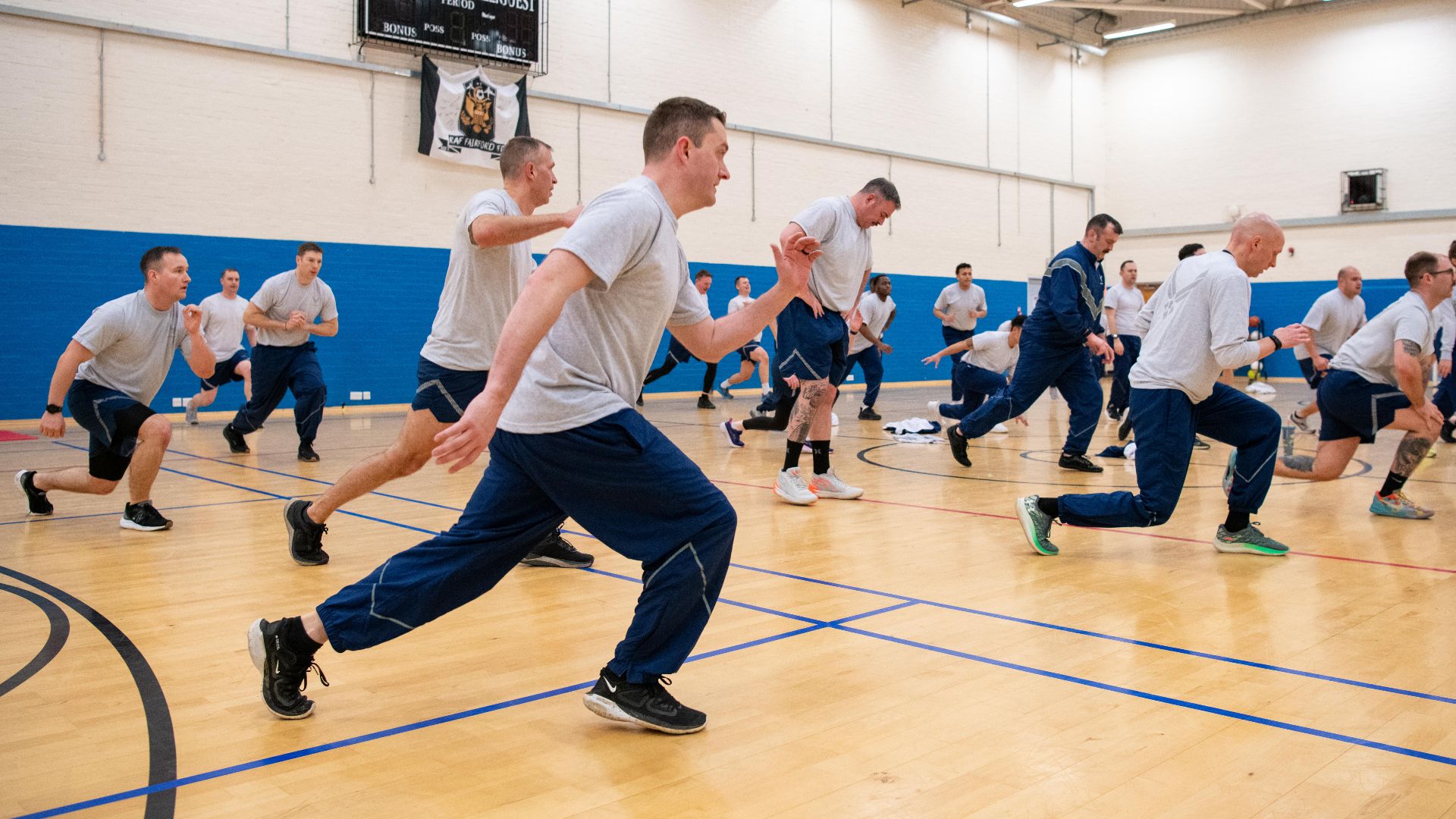 U.S. Air Force photo by Tech. Sgt. Jessica Avallone on Wikimedia
U.S. Air Force photo by Tech. Sgt. Jessica Avallone on Wikimedia
19. Hyperextensions With Added Weight
Though often mistaken for glute work, this movement targets the lower back—and not in a good way, as excess compression on the spinal erectors increases injury risk. If form slips, spasms and disc issues follow. Safer picks like bird dogs win here.
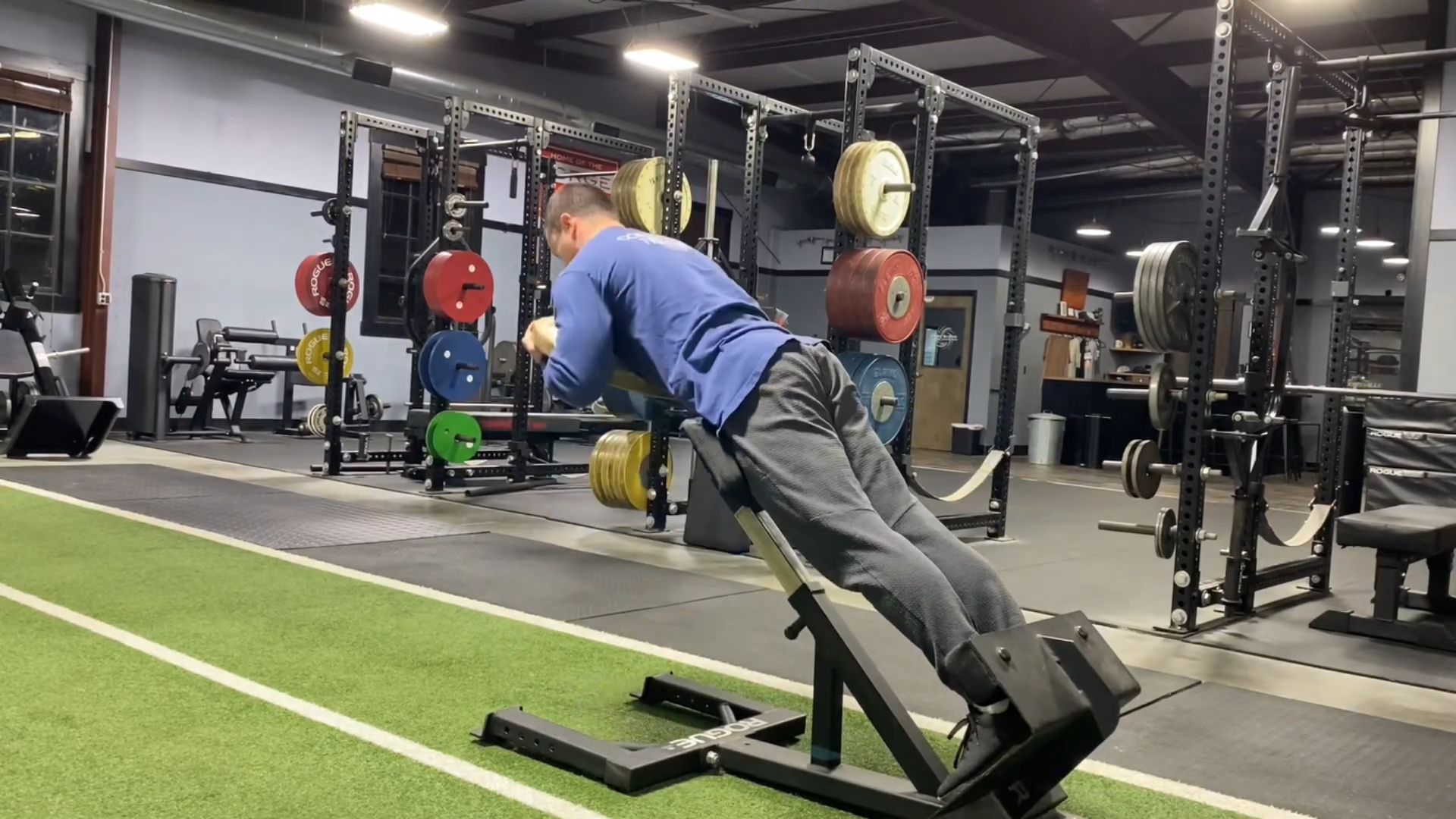 How to: Loaded Back Extension by Core Blend Training
How to: Loaded Back Extension by Core Blend Training
20. Bicep Curls With Back Swing
This technique appears in every gym despite being fundamentally flawed. The moment the back starts swinging, momentum replaces muscle and muscle tension fades. Without tension, hypertrophy (muscle growth) stalls. Compared to slow, controlled curls, this version reduces activation and builds poor lifting habits fast.
KEEP ON READING

20 Foods Perfect For A Low-Carb Diet




